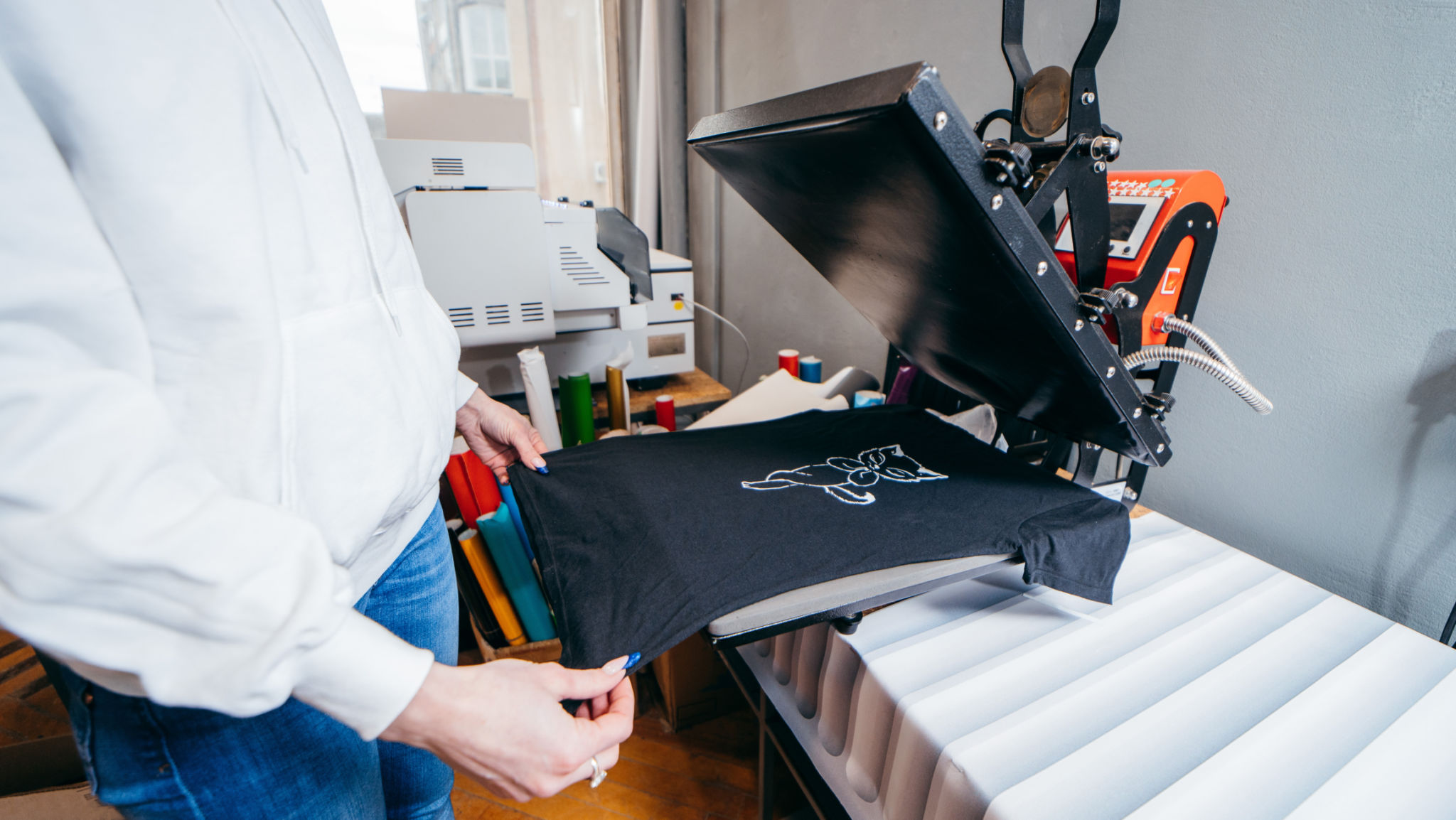Choosing the Right Printing Method When Purchasing T-shirts
Understanding Different T-Shirt Printing Techniques
When it comes to purchasing t-shirts, selecting the right printing technique is crucial. Each method has its advantages and limitations, making it essential to understand which option aligns best with your needs. In this post, we'll explore various t-shirt printing techniques to help you make an informed decision.

Screen Printing
Screen printing is a popular choice due to its durability and vibrant color output. This method involves creating a stencil (or screen) for each color in the design, which is then pressed onto the fabric. It's ideal for bulk orders since the cost per shirt decreases with larger quantities. However, screen printing can become expensive for designs with multiple colors.
This technique is perfect if you're looking for consistency across a large order, such as uniforms or promotional merchandise. It's also worth noting that screen printing offers excellent washability, ensuring your designs last longer, even with frequent washing.
Direct-to-Garment (DTG) Printing
Direct-to-garment printing is a relatively new method that prints directly onto the fabric using specialized inkjet technology. This technique is best suited for complex designs with multiple colors and intricate details, as it can reproduce high-resolution images accurately.

While DTG is great for small batches and prototypes, it may not be cost-effective for large orders due to longer production times. Additionally, the ink used in DTG may not be as durable as screen printing, so it's essential to consider the intended use of the t-shirts.
Heat Transfer Printing
Heat transfer printing involves transferring a design from a special paper onto the fabric using heat and pressure. This method allows for vivid colors and detailed designs, making it suitable for photographic prints and small quantities.
There are different types of heat transfer, including vinyl and digital print transfers. While this method can produce high-quality results, especially for intricate designs, it's usually less durable than screen printing and may not withstand frequent washing as well.

Dye Sublimation
Dye sublimation is a unique technique that involves transferring dye onto fabrics using heat. This method is particularly effective on polyester fabrics and is ideal for all-over prints. It offers vibrant colors and is excellent for creating custom sportswear or promotional items.
However, dye sublimation is not suitable for cotton fabrics and may require more significant investment in specialized equipment. Despite these limitations, it creates long-lasting designs that do not crack or fade over time.
Choosing the Right Technique
When choosing a t-shirt printing technique, consider factors such as quantity, design complexity, fabric type, and budget. For instance, if you're planning a large order with simple designs, screen printing might be the most cost-effective option. On the other hand, if you need a small batch with detailed artwork, DTG or heat transfer could be more suitable.
Ultimately, the right choice will depend on your specific needs and goals. By understanding the strengths and limitations of each method, you can select the best option.
